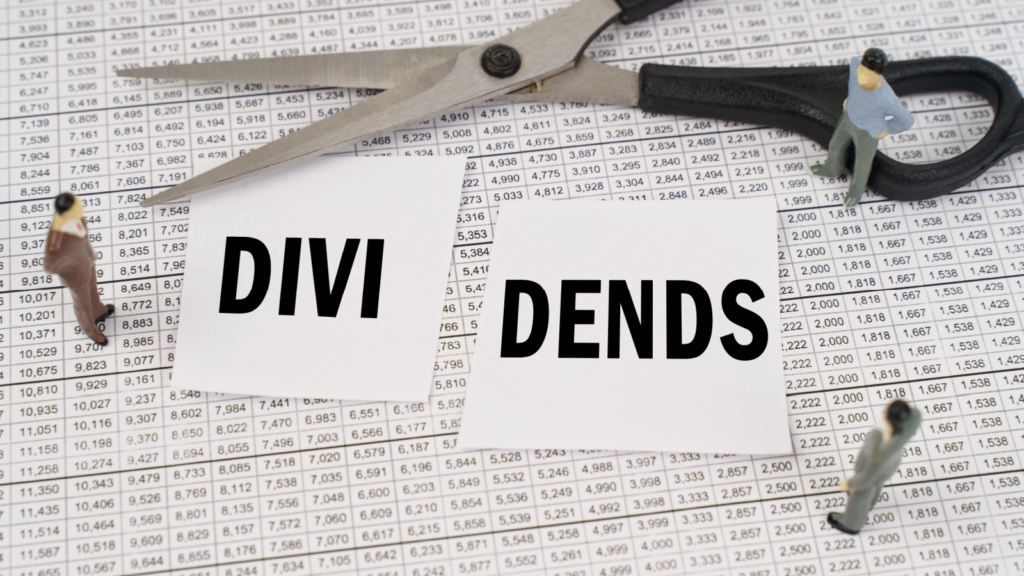There are lots of overextended stocks out there falling short thanks to dividend payments that are too good to be true. The internationally known pharmaceutical company Bayer (OTCMKTS:BAYRY) is a great example of this as the company recently announced a 95% dividend cut on Feb. 20. It plans to pay the legal minimum of 0.11 euros (12 cents USD) a share for 2023 as part of its three-year plan to reduce its debt.
In 2022, it paid out 2.40 euros ($2.60 USD), 0.48 euros (52 cents USD) higher than analyst expectations. However, shares have remained relatively stable in the week since, which suggests the cut was already priced into the stock. However, BAYRY is down over 16% year-to-date (YTD) and 50% over the past 12 months.
One of the reasons Bayer has too much debt is because it paid $63 billion for Monsanto in 2018. The acquisition has become a legal quagmire, forcing the company’s hand.
The German company is not alone in its need to cut its dividend to pay down debt. A company’s Altman Z-Score indicates the likelihood of it entering bankruptcy protection in the next 24 months. Any score below 1.81 suggests a company is distressed and could go bankrupt. When looking at a screener of S&P 500 stocks that also pay dividends, there are 47 companies that fit that description. From that list, here are the top three overextended stocks that absolutely need to cut their dividends to stay afloat.
Fidelity National Information Services (FIS)

Fidelity National Information Services (NYSE:FIS) is an American based multinational company in the financial technology (fintech) space. It primarily offers products that help with merchant solutions, banking solutions and capital market solutions. Currently, it has an Altman Z-Score of -.12, suggesting there is a good chance it could face bankruptcy proceedings in the next 24 months.
The company reported Q4 2023 results on Feb. 26. Analysts expected revenue of $2.52 billion and earnings per share (EPS) of 95 cents. The former was $10 million shy of the consensus, while the latter missed by a penny, coming in at 94 cents. It’s not the worst quarterly report, but there’s room for improvement.
The company’s Q1 2024 outlook was worse than analysts expected. It forecast EPS between 94 cents and 97 cents, well below the $1.01 analysts were expecting. Revenue is anticipated to be $2.44 billion at the midpoint of its guidance which is $20 million shy of analyst expectations. Fortunately for shareholders of the fintech provider, the overall 2024 outlook is very optimistic.
That said, the company’s total debt at the end of December was $19.08 billion, $1 billion less than at the end of 2022. Further, its interest expense was $621 million in 2023, more than double in 2022. Its dividends in 2023 were $1.23 billion, up slightly from $1.12 billion in 2022. The good news is that it was about half its 2023 cash flow of $4.34 billion. The bad news is that it could have been used to pay down some of its debt.
With the sale of 55% of Worldpay for $12 billion in cash, it will use some of the proceeds to pay down debt and repurchase $3 billion of its stock. It expects to have $10 billion in debt after using the proceeds from the sale. It will return more than $4 billion to shareholders in 2024 between dividends and share repurchases. That sounds great, but FIS should allocate more of this amount to further its debt repayment.
Kinder Morgan (KMI)

Kinder Morgan (NYSE:KMI) has an Altman Z-Score of 0.74, suggesting there is a good chance it could face bankruptcy proceedings in the next 24 months. The company is one of the largest energy infrastructure companies in North America and the owner of over 82,000 miles of oil and gas pipelines, but has been disappointing shareholders significantly over the years.
If you invested $1,000 in KMI stock at the beginning of 2016, your stock would still be worth $1,000 today. That doesn’t include dividends. Its annualized total return over the past 10 years is poor at -1.5%.
The company announced a 2% increase in its quarterly dividend to 28.25 cents when it released its Q4 2023 results. The quarterly dividend has been the same since the May 2022 payment. The annual payment of $1.13 yields a high 6.6%. However, the dividend growth matters, not the yield. More often than not, the high yield indicates deeper issues, causing the share price to fall.
Its 2023 results included distributable cash flow (DCF) of $4.72 billion, down from $4.97 billion a year earlier. DCF was lower due to higher interest rates and sustaining capital expenditures. On a per-share basis, its DCF was $2.10, down 4% from $2.19 in 2022.
In 2023, it paid out $2.53 billion in dividends, approximately 61% of its free cash flow (FCF) for the year. Its interest expense was $1.8 billion, up from $1.52 billion. It finished 2023 with a net debt of $31.84 billion, 3% higher than a year earlier.
With net debt a high 84% of its market capitalization, it could pay down more than a billion dollars annually over the next five years by cutting its dividend in half.
Viatris (VTRS)

Viatris (NASDAQ:VTRS) has an Altman Z-Score of 1.13, the highest of the three stocks in this article, but still low enough to suggest there is a good chance it could face bankruptcy proceedings in the next 24 months. Like Bayer, Viatris is a global pharmaceutical company. The company is the combination of Pfizer’s (NYSE:PFE) Upjohn business with Mylan that took place in November 2020. Pfizer shareholders now own 57% of the combined company, with Mylan shareholders owning the rest.
The stock moved lower after the merger of the two companies, hitting a low of $8.77 in October 2023. It’s since bounced back into the low double digits. Viatris paid down $750 million in debt through the nine months ending Sept. 30, 2023. It finished the third quarter with $17.07 billion in net debt, more than its current market cap of $16.12 billion.
The company has paid a quarterly dividend of 12 cents a share since raising its dividend one cent with the February 2022 payment. The annual dividend rate of 48 cents yields a high 3.6%. In 2023, it paid out $431.6 million in dividends, down from $436.1 million a year earlier. The $750 million in debt repayment helped. Its interest payments in 2023 were virtually the same at $432.2 million.
In the trailing 12 months ending Sept. 30, 2023, its FCF was $2.02 billion. Cut the dividend in half, subtract $216 million in dividends for 2024 (50% of 2023), and it would have $1.81 billion in FCF to pay down debt. It might not seem like much, but every little bit helps.
On the date of publication, Will Ashworth did not hold (either directly or indirectly) any positions in the securities mentioned in this article. The opinions expressed in this article are those of the writer, subject to the InvestorPlace.com Publishing Guidelines.
